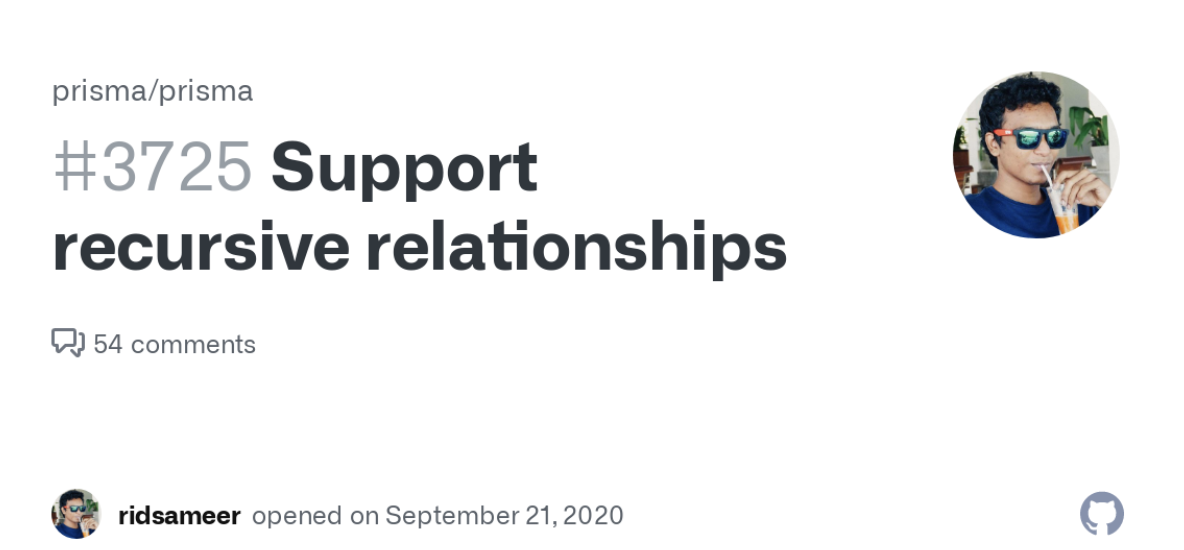How the "check" Function Helps Keep Your Policies DRY

Among ZenStack's features, the most beloved one is the ability to define access control policies inside the data schema. This ensures that your rules are colocated with the source code, always in sync with the data model, and easy to understand. It arguably provides a superior DX to other solutions like hand-coded authorization logic, or Postgres row-level security.
However, as your application grows more complex, you may find yourself repeating the same policy patterns across multiple models. This post explores one typical pattern of such duplication and demonstrates how the new check() attribute function can help you keep your policies DRY.
The parent-child duplication pattern
Consider a simple Todo application with two models: List and Todo. Each list can have multiple todos. The author of a list has full access to it. A list can also be set as public so anyone can read it. A todo's access control is determined by its containing list: one has the same permissions to a todo as to its parent.
Here's how a ZModel schema for the application might look:
model List {
id Int @id
name String
public Boolean
author User @relation(fields: [authorId], references: [id])
authorId Int
todos Todo[]
@@allow('all', auth() == author)
@@allow('read', public)
}
model Todo {
id Int @id
name String
list List @relation(fields: [listId], references: [id])
listId Int
@@allow('all', auth() == list.author)
@@allow('read', list.public)
}
As you can easily spot, the access policies for Todo are almost identical to those for List. The duplication is not only tedious to write but also error-prone to maintain. If you ever need to change the policy, you have to remember to update it in two places. In a real application, the rules will be more complex, and as a result, the duplication will be more severe and can sometimes get several level deep.
The key to the problem is that from the access control point of view, the child model Todo simply "follows" the parent model List, which is a typical pattern in many applications. We can avoid duplication if we had a way to "delegate" the check of the child model to its parent.
The check() function
The new check() attribute function introduced in ZenStack v2.3 is designed exactly for such "delegation". The function has the following signature:
function check(field: FieldReference, operation String?): Boolean
-
fieldA relation field to check access for. Must be a non-array field.
-
operationAn optional argument indicating the CRUD permission kind to check. If the operation is not provided, it defaults to the operation of the policy rule containing it.
You can use the function in a few different forms:
-
You can explicitly specify the kind of CRUD operation to delegate to:
model Child {
parent Parent
@@allow('read', check(parent, 'update'))
} -
Or you can omit the operation so it defaults to the current context:
model Child {
...
parent Parent
@@allow('read', check(parent)) // here the operation is implicitly 'read'
} -
You can also delegate "all" operations:
model Child {
...
parent Parent
@@allow('all', check(parent))
}The above is equivalent to:
model Child {
...
parent Parent
@@allow('read', check(parent))
@@allow('create', check(parent))
@@allow('update', check(parent))
@@allow('delete', check(parent))
} -
Since
checkis just a boolean function, you can freely combine it with other conditions:model Child {
...
parent Parent
@@allow('read', check(parent) || auth().status == 'PAID')
}
Before and after
With this new weapon in hand, we can easily refactor our Todo schema to eliminate the duplication:
model List {
id Int @id
name String
public Boolean
author User @relation(fields: [authorId], references: [id])
authorId Int
todos Todo[]
@@allow('all', auth() == author)
@@allow('read', public)
}
model Todo {
id Int @id
name String
list List @relation(fields: [listId], references: [id])
listId Int
@@allow('all', check(list))
}
Pretty neat, isn't it?
What's next?
Having the check function is great for resolving the parent-child duplication pattern. However, there are more related features that can be explored in future versions of ZenStack. Here are some ideas:
1. *-to-many relations
You've probably already noticed the limitation: the check function only works for the *-to-one side of a relation. Although I feel it should cover most of the use cases, there might be cases where you want to deal with the "*-to-many" side.
There are two possible ways to add such support:
-
A: a new set of check functions:
checkSome,checkAll,checkNone, etc.model Parent {
children Child[]
@@allow('read', checkSome(children, 'read'))
} -
B: make it work with collection predicate expressions
model Parent {
children Child[]
// check if at least one child is readable
@@allow('read', children?[child, check(child, 'read')])
}
What's your preference? Leave a comment below!
2. Recursive relations
The zenstack CLI checks for cycles in the check call graph and reports an error if it finds one. This is needed to prevent infinite loops during evaluation. However, there are cases where cyclic delegation is intentionally needed, especially in the case of recursion. For example, if you want to model a Google Drive-like system, you may end up with a recursion like this:
model Folder {
parent Folder?
children Folder[]
permissions Permission[]
// a folder is readable if it's configured with a permission or if its parent is readable
@@allow('read', check(parent) || permissions?[type == 'read' && user == auth()])
}
This will be a hard problem to solve since Prisma inherently doesn't support recursive queries. You can check the following issue for more details:
A possible solution is to expand the recursion with a (configurable) finite levels of depth. Is this something your app needs?
3. Other forms of duplication?
Parent-child is just one of the patterns of duplication out there. Are there other patterns hurting you? Leave a comment or join our discord server to discuss! We love real-world problems and our innovation never stops.

